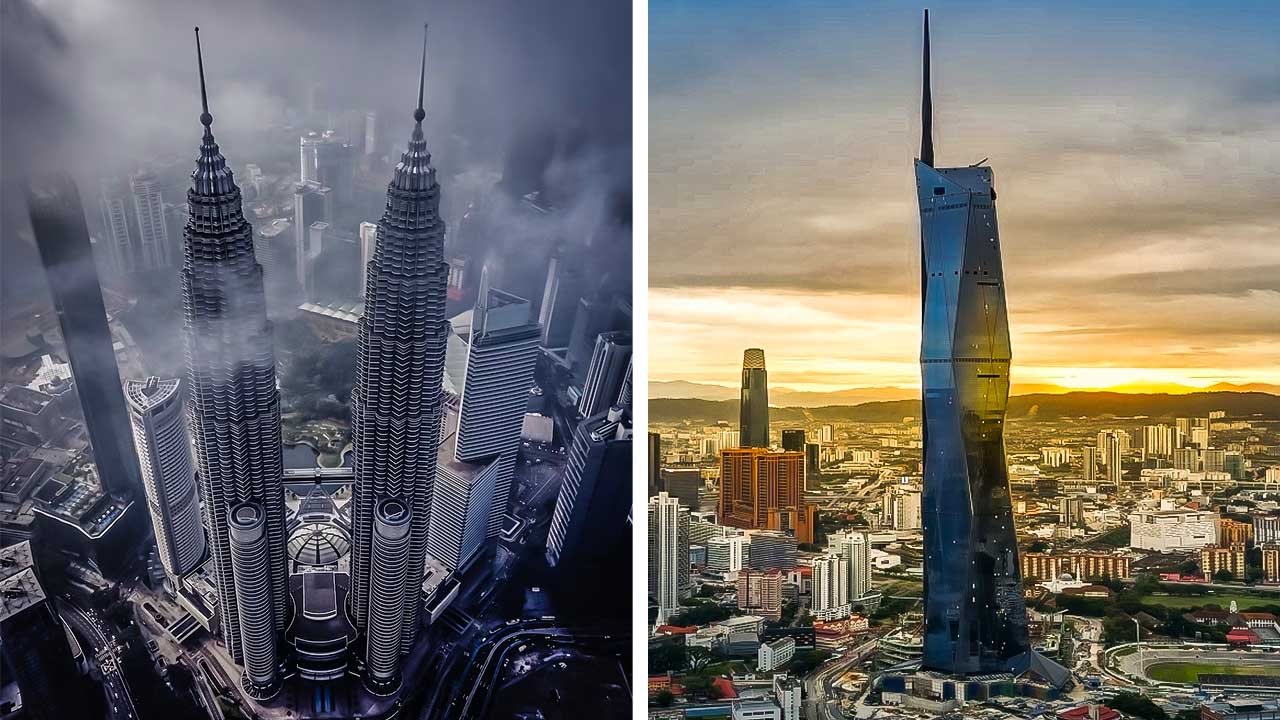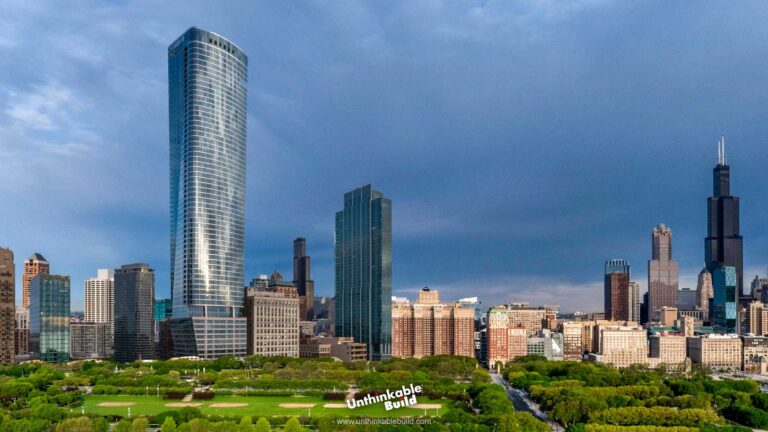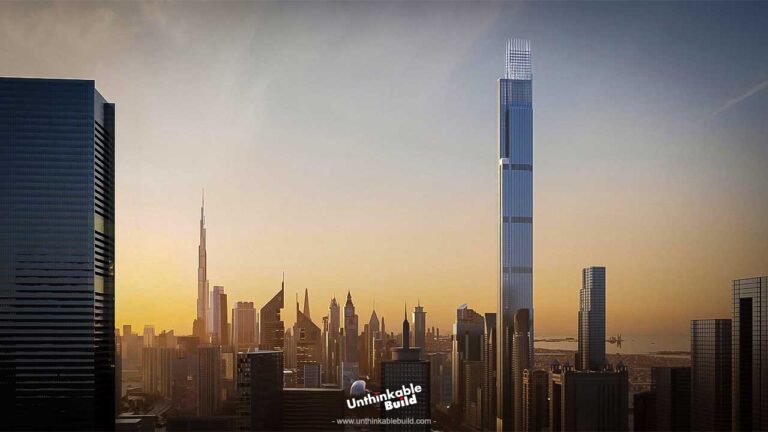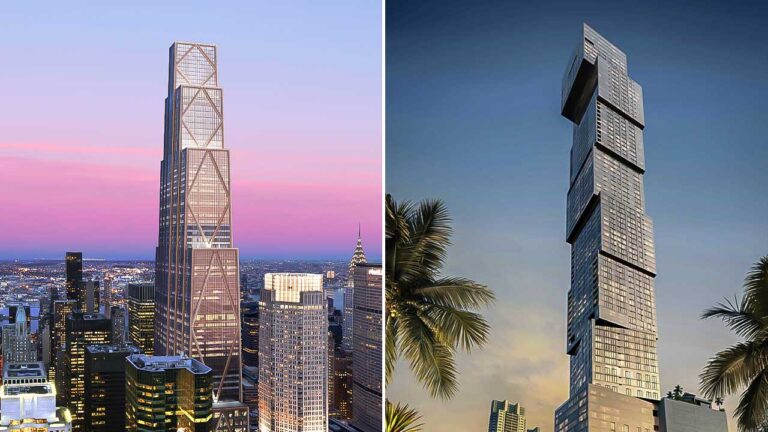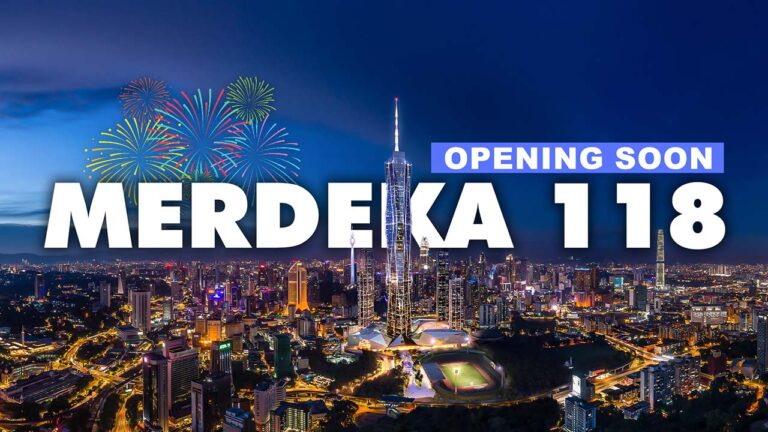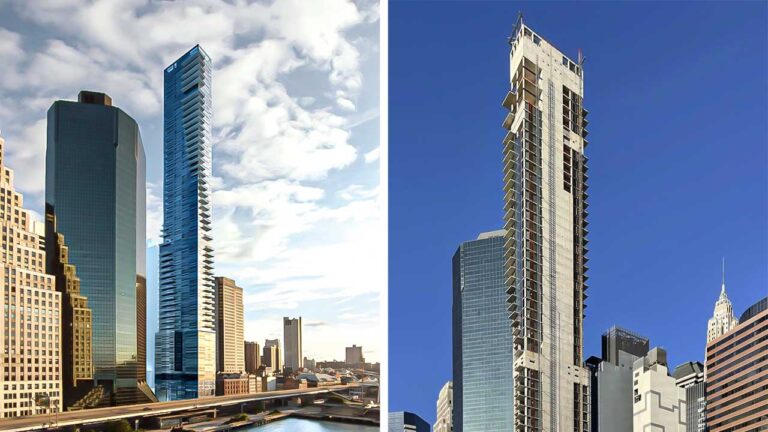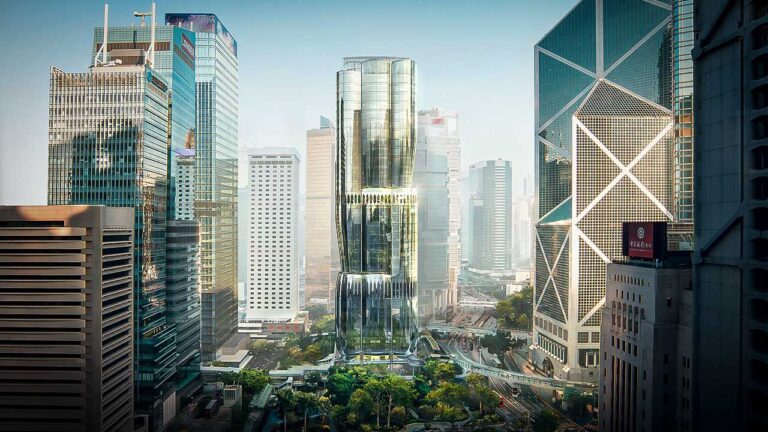Will Merdeka 118 Bring a New Dawn of Opportunities for Malaysia
Malaysia is renowned for its rich cultural heritage, diverse landscapes, and rapidly advancing urban development. It is a nation where tradition meets modernity, exemplified by its impressive skyline dotted with towering skyscrapers. Among these, the iconic Petronas Twin Towers in Kuala Lumpur, once the tallest buildings in the world, stand as a symbol of Malaysia’s economic growth and architectural ingenuity. But now Malaysia is about to redefine its skyline with the imminent completion of the Merdeka 118 Tower, a monumental structure poised to be the second-tallest in the world after the Burj Khalifa.
Now, the question arises: will the new jewel of Malaysia’s skyline, Merdeka 118, bring opportunities similar to those created by the Petronas Twin Towers? Reflecting on the past, we see that the Twin Towers, completed in 1998, were a game-changer for Malaysia. They not only claimed the title of the world’s tallest buildings but also marked a significant milestone in the nation’s history. Their construction coincided with a period of rapid economic growth and diversification, particularly in the late 20th century, characterized by advancements in infrastructure, manufacturing, and high-tech industries.
The Petronas Twin Towers, an interlinked pair of 88-story skyscrapers in Kuala Lumpur, stood as the world’s tallest buildings from 1998 to 2004, until surpassed by Taipei 101. Their design, a fusion of modern architecture and traditional Islamic art, symbolizes Malaysia’s cultural heritage. The towers’ steel and glass façade and eight-pointed star floor plan, a common element in Islamic architecture, highlight Malaysia’s ability to blend its rich cultural identity with contemporary trends.
Also Read: Grand Paris Express: Europe’s Largest Metro Network
If we talk about Merdeka 118, which is currently the world’s second tallest building after the Burj Khalifa in Dubai, it stands at 678.9 meters (2,227 feet) tall, just behind the Burj Khalifa at 828 meters (2,717 feet). It surpasses the height of the Twin Towers and ushers in a new era in Malaysian architecture. Its significance lies not just in its height but also in its commitment to sustainability and green building practices. The tower represents the evolution of architectural design, emphasizing not just aesthetics and height but also environmental consciousness.
The design of Merdeka 118 incorporates numerous sustainability features, aiming for multiple green certifications. This includes energy-efficient systems, water-saving fixtures, and the use of eco-friendly materials. The tower’s design maximizes natural light, reducing the need for artificial lighting and contributing to energy conservation. Additionally, the incorporation of green spaces and a focus on reducing the urban heat island effect are other key aspects of its sustainable design. The building will also be the first in Malaysia to receive a triple platinum rating from worldwide sustainability certifications, including Leadership in Energy and Environmental Design (LEED).
When the Twin Towers were built, they immediately gained worldwide attention, significantly impacting Kuala Lumpur by elevating its global stature primarily through tourism and business. These iconic towers draw millions of tourists annually, benefiting the hospitality and retail sectors, especially in nearby areas. Their presence has boosted Kuala Lumpur’s international image.
The towers have also become a business hub in Kuala Lumpur, housing Petronas and other multinational corporations. This dynamic environment for business and economic activities attracts foreign investments, enhances the city’s reputation as an international business center, and contributes to job creation and local economic growth.
Additionally, the development of the Twin Towers has stimulated real estate growth in the surrounding areas, leading to the rise of premium residential and commercial properties. This development has improved the city’s urban landscape and infrastructure, resulting in increased property values and further benefiting the local economy.
The Petronas Twin Towers have significantly influenced Malaysia’s global image. Becoming the world’s tallest buildings upon their completion, they symbolized Malaysia’s ambitions and capabilities, propelling the country into the global spotlight and demonstrating its potential in the international economy. Their prestige has made Kuala Lumpur a desirable location for international businesses and has spurred foreign direct investment (FDI) in various sectors beyond the oil and gas industry.
Merdeka 118 faces stiff competition from other skyscrapers, such as the Burj Khalifa, which attracts millions of tourists annually. This raises the question: will Merdeka 118 be able to draw a similar number of tourists, or will it primarily serve as a business hub?
Apart from its towering height, Merdeka 118 is notable for its commitment to sustainable architecture. This positions Kuala Lumpur at the forefront of modern urban development. The building’s eco-friendly design and energy-efficient features align with global sustainability trends, potentially earning it international recognition.
Also Read: Wasl Tower: World’s Tallest Ceramic Facades
The tower is particularly appealing to environmentally-conscious investors and companies. Adhering to high environmental standards, Merdeka 118 sets a new benchmark in green building, resonating with the growing emphasis on ESG (Environmental, Social, and Governance) criteria among investors. As businesses strive to reduce their environmental footprint, Merdeka 118 offers an ideal location for their operations.
Merdeka 118 is more than just a skyscraper; it serves as a model for future urban development, integrating sustainable practices into its construction and operation. This approach challenges other urban projects to prioritize environmental considerations, influencing urban planning trends in Malaysia and worldwide.
The construction of Merdeka 118 significantly enhances Kuala Lumpur’s reputation as a green and sustainable city. As urban centers worldwide grapple with sustainable growth and reducing environmental impacts, Kuala Lumpur demonstrates, through Merdeka 118, how cities can expand in environmentally conscious ways. However, the project has its detractors. Some criticize it as a misuse of public funds that could have been better spent on the country’s educational and medical infrastructure. Yet, others view it as a vital development that will provide numerous jobs and business opportunities in the region.
The development has faced criticism for its high cost, raising concerns about the tower’s long-term viability as an investment. Erected close to various historic landmarks, some have denounced the tower’s development as a threat to the conservation of Kuala Lumpur’s historical and cultural legacy. Additionally, there are concerns that the development of Merdeka 118 Tower could drive up property values in the area, potentially making it more difficult for locals to afford living there.
As 2024 approaches, questions arise about the full occupancy of Merdeka 118 in Kuala Lumpur, the world’s second-tallest tower and a notable green building. Despite its impressive stature and sustainable design, industry experts express concerns over its take-up rate amidst challenging market conditions.
Post-pandemic shifts in business operations, including a trend towards hybrid models reducing office space needs by 30 to 40%, contribute to these doubts. Additionally, Kuala Lumpur currently faces a significant surplus in office space, with around 30 million square feet lying vacant – a figure ten times larger than the total floor area of Merdeka 118.
Owned by Permodalan Nasional Bhd (PNB) through its subsidiary, PNB Merdeka Ventures Sdn Bhd, Merdeka 118 is scheduled for completion this year. The skyscraper, designed by Australian firm Fender Katsalidis, was officially recognized as the world’s second-tallest structure at the CTBUH Conference 2022 in Chicago, surpassing Shanghai Tower’s 632 meters, designed by Gensler in China. The title of the tallest building remains with Dubai’s Burj Khalifa at 828 meters.
Merdeka 118, towering at 678.9 meters, began its journey in 2016 adjacent to the historical Stadium Merdeka, the site of Malaysia’s independence declaration in 1957. After its closure in 2016, Stadium Merdeka is slated to reopen in the first quarter of 2024, offering a blend of sports, heritage, and lifestyle events next to the monumental tower.
This year, Merdeka 118 achieved a significant milestone with the installation of its final panel, nearing the completion of its crystalline façade comprising approximately 18,000 glass panels. The skyscraper is envisioned to house offices, hospitality, retail, and residential spaces, aiming to become a key tourist attraction.
Further developments at Merdeka 118 complex on Jalan Hang Jebat are expected next year. PNB Merdeka Ventures plans to commence construction on three new residential towers, with the tallest reaching 65 stories, as announced by CEO Tengku Datuk Ab Aziz Tengku Mahmud.
In addition to the main tower, the project includes the 65-storey Merdeka Residences East Tower and the 63-storey Merdeka Residences West Tower. These developments reflect PNB’s commitment to enhancing Kuala Lumpur’s urban landscape while raising questions about their impact on the city’s infrastructure.

